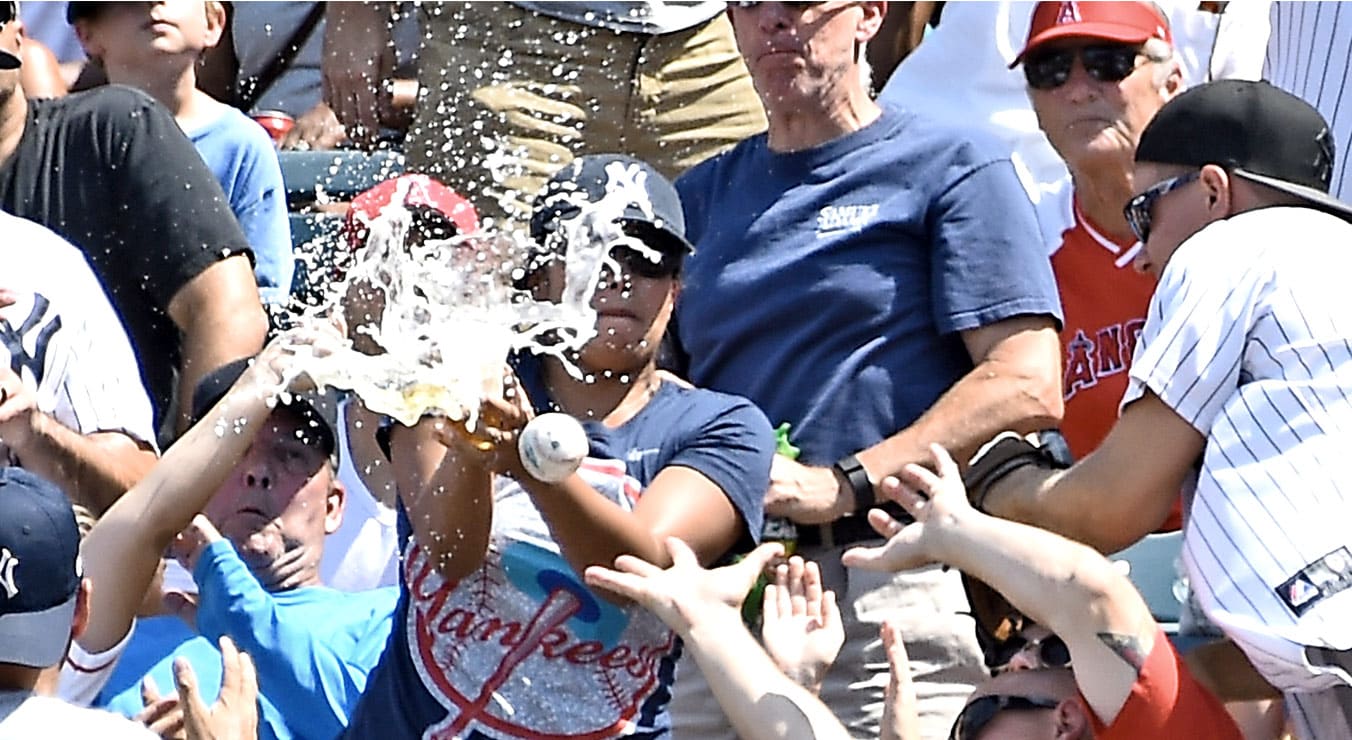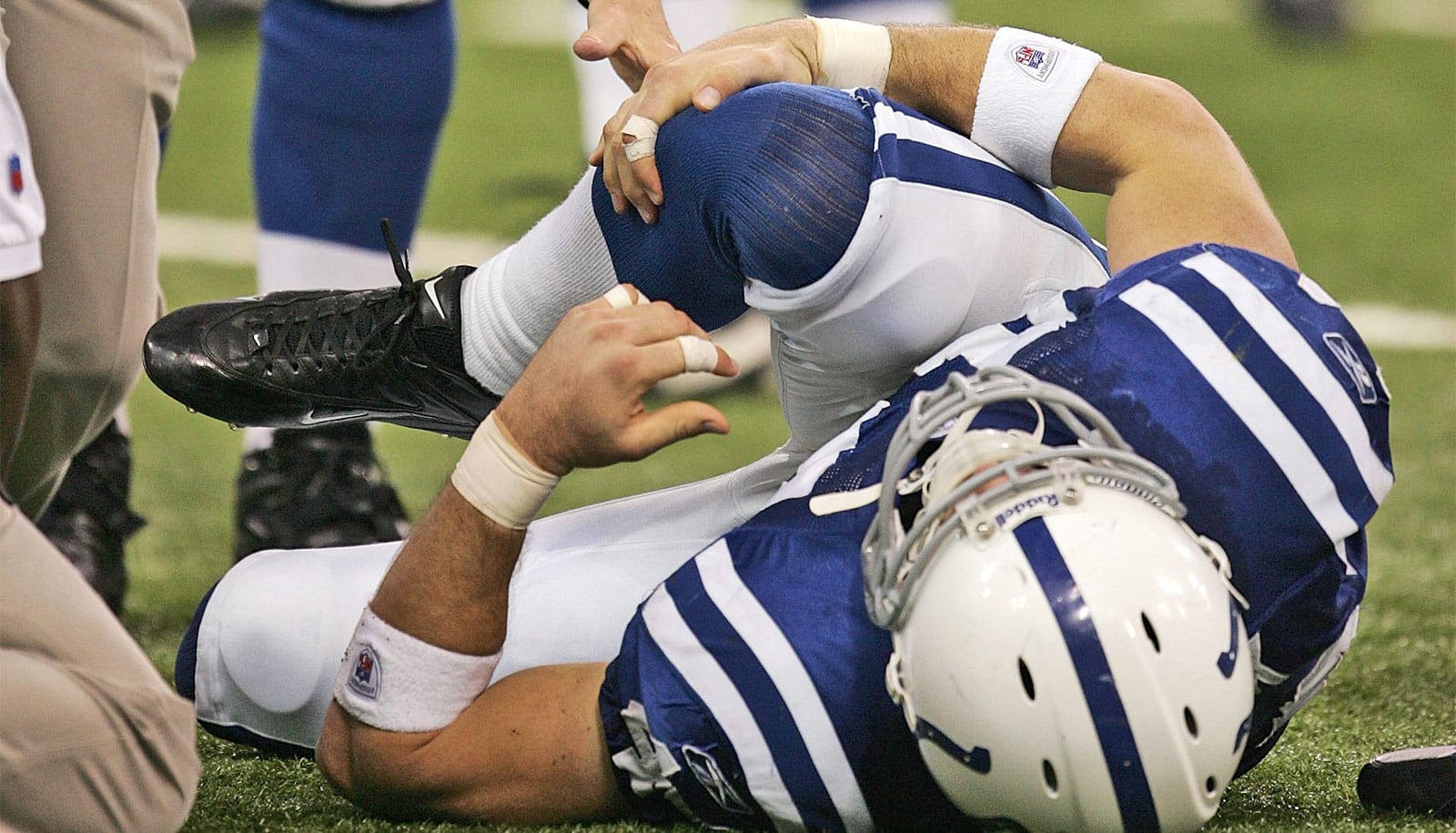About 1,750 fans are hurt each year by foul balls at Major League Baseball games every year. That’s about two injuries for every three games.
In light of opening day on Thursday, a new study suggests it’s time to abolish the so-called “Baseball Rule,” a legal doctrine established in 1913 to immunize teams from liability.
A fan seated 60 feet from home plate has four-tenths of a second to react to an approaching foul ball.
“The professional baseball industry is radically different today than it was a century ago,” writes Nathaniel Grow, an associate professor of business law and ethics at Indiana University’s Kelley School of Business.
“Nevertheless, courts continue to rely on a 100-year-old legal doctrine when determining whether to hold teams liable for spectator injuries resulting from errant balls or bats.”
Further analysis suggests that fans’ risk of being hit by a flying object at MLB games has increased with the construction of nearly two dozen new stadiums since 1992.
“Fans today frequently sit more than 20 percent closer to home plate than was the case throughout most of the 20th century,” Grow says. “When you combine that with an increase in the speed with which baseballs are being hit into the stands, fans have less time to avoid errant balls or bats heading in their direction.”
Today, the typical foul ball enters the stands at speeds between 100 and 110 miles per hour. At that rate, a fan seated 60 feet from home plate has four-tenths of a second to react, if they are paying close attention to the action.
The “Baseball Rule” has come under increased scrutiny after a series of high-profile fan injuries in recent seasons, but courts have almost uniformly continued to apply the Baseball Rule to spectator-injury lawsuits.
Game-like vision tests could predict baseball’s best batters
“Although MLB has taken steps to increase the levels of fan protection in recent years, the time has come for courts to dispense with the Baseball Rule, and instead hold professional teams strictly liable for their fans’ injuries, forcing teams to fully internalize the cost of the accidents their games produce,” Grow says.
“Many foul-ball-related injuries could easily be avoided through the installation of additional safety netting at little cost to the team. Considering that MLB is a $10 billion per year organization, such a cost is a drop in the bucket for major-league teams, one that would almost immediately be recouped once the expanded screen prevented even just a single serious injury.”
Zachary Flagel, a student at the Terry College of Business at the University of Georgia is coauthor of the paper, which is forthcoming in the William and Mary Law Review.
Source: Indiana University



